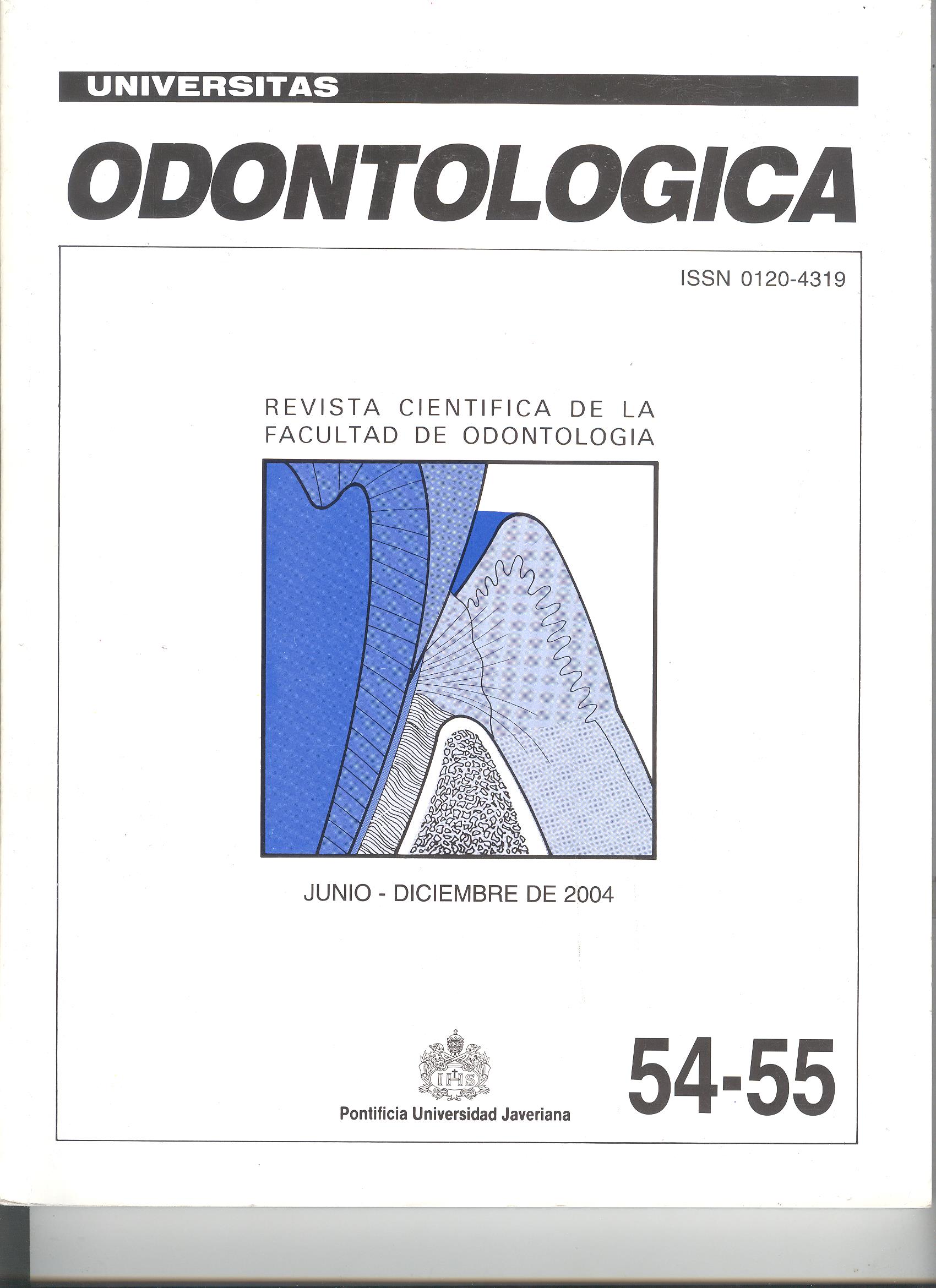Resumo
ANTECEDENTES: en el estudio de la respuesta inmune contra el cáncer, las proteínas de choque térmico (HSP) han sido implicadas en el control del crecimiento tumoral, al inducir una respuesta inmune en el huésped. Entre las familias de HSP que han presentado fuerte asociación con el cáncer se encuentra HSP70, la cual ha mostrado un comportamiento diferente en cada tipo de tumor. En carcinoma colorrectal y cáncer de seno, se correlacionó con baja diferenciación y pobre pronóstico, y en cáncer renal con buen pronóstico. Sin embargo, alteraciones en la expresión de HSP70 en lesiones de cavidad oral han sido poco estudiadas. OBJETIVO: determinar la expresión de la proteína HSP70 en carcinomas escamocelulares (CEC) bien diferenciados y mal diferenciados de cavidad oral, para correlacionar su grado de expresión con la diferenciación celular. MÉTODOS: por medio de técnicas de inmunohistoquímica, se llevó a cabo el análisis de la expresión de HSP70 en 10 biopsias de CEC bien diferenciados de cavidad oral y 10 de mal diferenciados. RESULTADOS: en 7 de las 10 biopsias de CEC bien diferenciado se encontró alta expresión de HSP70, y en las tres restantes, moderada expresión. En CEC mal diferenciados, en general, no se presentó expresión de HSP70. La inexpresión de HSP70 en CEC mal diferenciados podría sugerir un mecanismo de evasión de la respuesta inmune, debido a su grado de indiferenciación.
República de Colombia, Ministerio de Salud. Guías de práctica clínica en enfermedades neoplásicas. Bogotá, D. C., Colombia: Instituto Nacional de Cancerología, 2001; 121-35
Sociedad Mexicana de Estudios Oncológicos. Mondragón D. Tumores de cabeza y cuello, diagnóstico y tratamiento. México DF, México: McGraw-Hill Interamericana, 2000; 29-38
Shah J. Atlas of clinical Oncology cancer of thehead and neck. London, UK: BC Decker, 2001;100-26
Neville B, Damm D, Allen C, Bouquot J, Oral andmaxillofacial pathology, 2nd ed. Philadelphia, PA, USA: Saunders, 2002; 356-76
Sapp J, Eversol R, Wysock G. Patología oral y maxilofacial contemporánea. Madrid, España: Harcourt, 1998; 174-86
Regezi J, Sciubba J. Patología Bucal, correlaciones clinicopatológicas, 3ª ed. México DF, México: McGraw-Hill Interamericana, 2000; 71-85
Sugerman PB, Savage NW. Current concepts inoral cancer. Aust Dent J 1999 Sep; 44(3): 147-56
Kawanishi K, Shiozaki H, Doki Y, Sakita I, InoueM et al. Prognostic significance of heat shockprotein 27 and 70 in patients with squamous cellcarcinoma of the esophagus. Cancer 1999 Apr15; 85(8): 1649-57
Multhoff G, Botzler C, Jennen L, Schmidt J,Ellwart J, Issels R. Heat shock protein 72 ontumor cell: A recognition structure for naturalkiller cells. J Immunol 1997 May; 158(9): 4341-50
Ferrarini M, Heltai S, Zocchi MR, Rugarli C.Unusual expression and localization of heatshockproteins in human tumor cells. Int J Cancer1992 Jun 19; 51(4): 613-9
Sugerman PB, Savage NW, Xu LJ, Walsh LJ,Seymour GJ. Heat shock protein expression inoral epithelial dysplasia and squamous cell carcinoma.Eur J Cancer B Oral Oncol 1995 Jan;31B (1): 63-7
Sugerman PB, Savage NW, Xu LJ, Walsh LJ,Seymour GJ. Heat shock protein expression inoral lichen planus. J Oral Pathol Med 1995 Jan;24(1): 1-8
Kaur J, Ralhan R. Differential expression of 70-kDa heat shock-protein in human oraltumorigenesis. Int J Cancer 1995 Dec 11; 63(6):774-9
Anneroth G, Batsakis J, Luna M. Review of theliterature and a recommended system ofmalignance grading in oral squamous cellcarcinomas. Scand J Den Res 1987 Jun; 95(3): 229-49
García del Moral R. Laboratorio de anatomía patológica, 1ª ed. Bogotá, D. C., Colombia: McGraw- Hill Interamericana, 1993; 341-68
Gandour-Edwards R, Tock BJ, Gumerlock P,Donald PJ. Heat shock protein and p53 expressionin head and neck squamous cell carcinoma.Otolaringol Head Neck Surg 1998 May; 118(5):610-5
Boehncke WH, Dahlke A, Zollner TM, Sterry W.Differential expression of heat shock protein 70(HSP70) and heat shock cognate protein(HSCP70) in human epidermis. Arch Dematol Res1994; 287(1): 68-71
Ciocca DR, Clark GM, Tandon AK, Fuqua SA,Welch WJ et al. Heat shock protein HSP70 inpatients with axillary lymph node-negative breastcancer: Prognostic implications. J Natl Cancer Inst 1993 Apr 7; 85(7): 570-4
Martínez MC. Análisis por inmunohistoquímica de la expresión de HSP70 en biopsias de carcinomas de células basales (BCC) y carcinoma de células escamosas (SCC). Trabajo de pregrado en biología. Directora: Fiorentino S. Bogotá, D. C., Colombia: Pontificia Universidad Javeriana, Facultad de Ciencias, 1999
Broders AC. The microscopic grading of cancer.Surg Clin North Am 1941; 21: 947-62

Este trabalho está licenciado sob uma licença Creative Commons Attribution 4.0 International License.
Copyright (c) 2004 Universitas Odontologica


